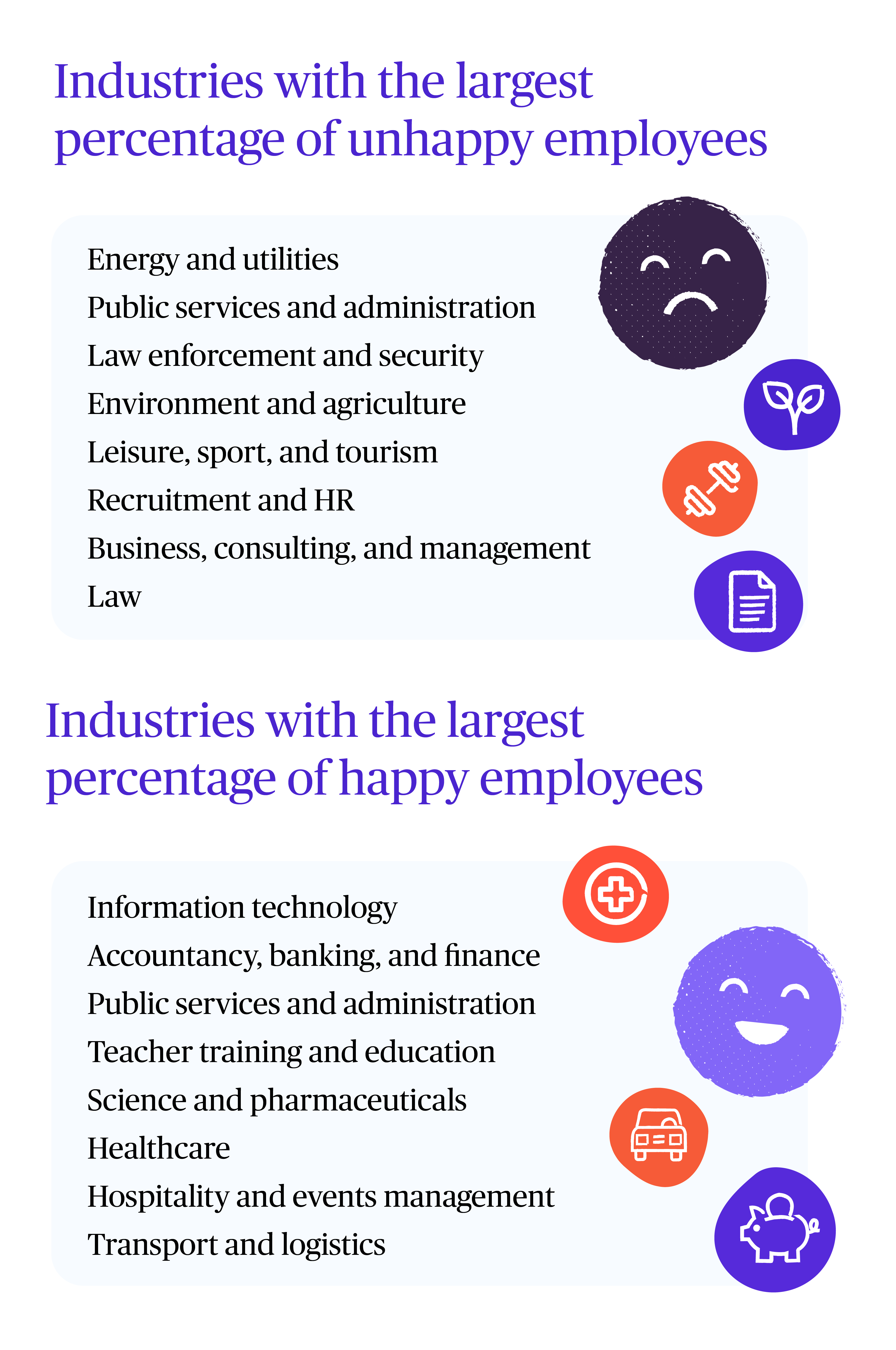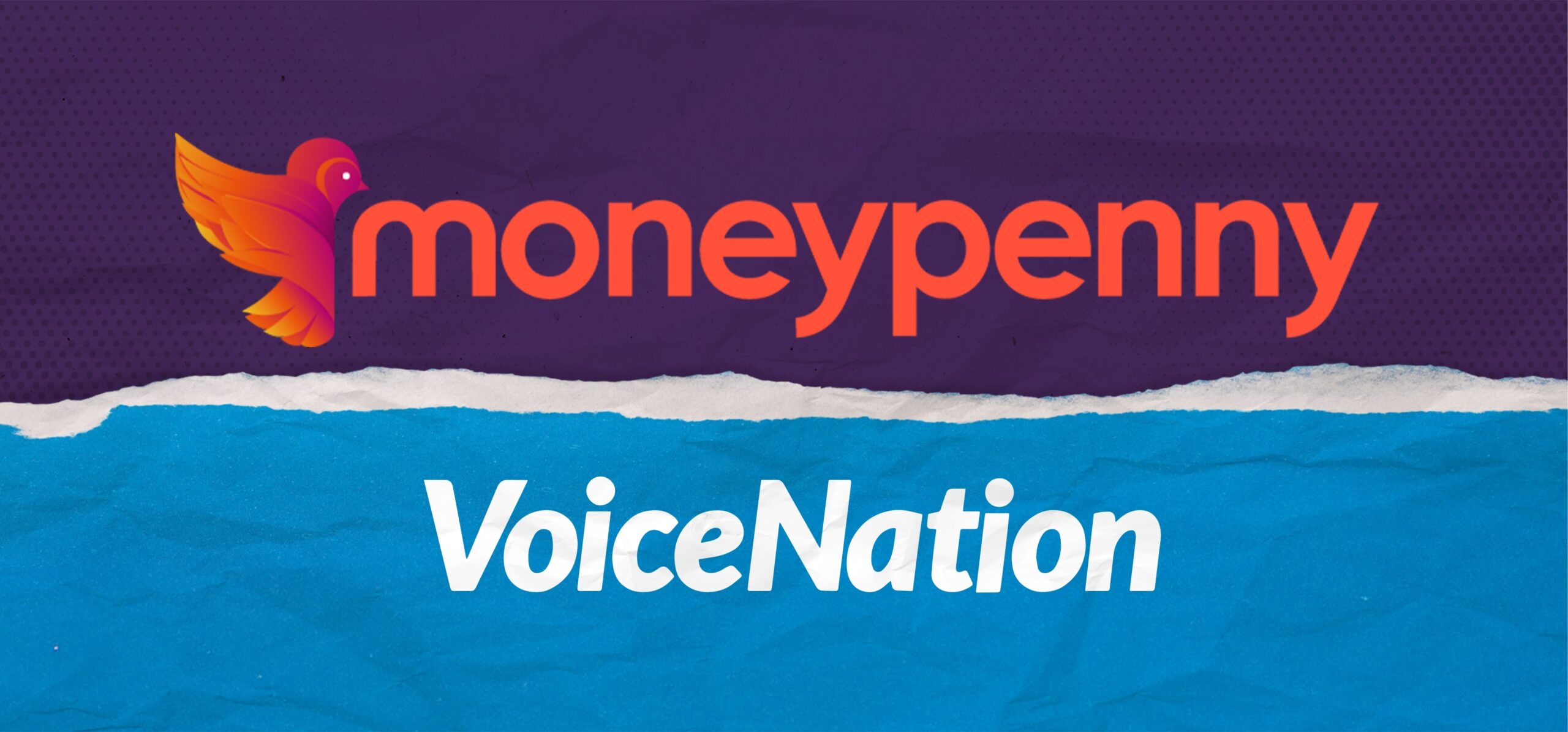Our jobs are a big part of our daily life. After all, most of us spend five out of seven days in the office. That’s what makes it so important for us to choose a career path that makes us happy, motivated and excited.
But what if we’re not happy in our jobs? How do we know if other people are in the same position? And just how many people are unhappy with their jobs?
Well, we surveyed workers in the US to determine Americans’ opinions on their careers. We wanted to know what the happiest professions were, as well as the unhappiest jobs Americans have to put up with.
Ultimately, we wanted to uncover whether people were happy or unhappy at work and find out exactly what their dream career would be.
Read on to find out more information, including the happiest and unhappiest states at work
Revealed: Only 7% of Americans are in their dream career
Shockingly, only 7% of Americans surveyed stated they were in their dream career, which mean that 93% of Americans haven’t yet found their dream job and are working in careers that don’t wholly interest them. But, what else did we unpick from this data, and what deters people from changing careers?
What careers are the happiest and unhappiest?
Through the data we pulled from our research, we’ve been able to reveal some interesting revelations on the most favored and unfavored professions.
In fact, those who work in I.T seem to be the happiest in their careers (73%), while those who work in energy and utilities are the unhappiest (42%). It’s not surprising, then, that people claimed I.T was one of the top sectors they’d like for their dream career.

Overall, when it comes to what careers are the happiest, the sectors with the highest percentage of happy workers include:
- Information technology (I.T)
- Accountancy, banking, and finance
- Public services and administration
- Teacher training and education
- Science and pharmaceuticals
- Healthcare
- Hospitality and events management
- Transport and logistics
- Energy and utilities
- Public services and administration
- Law enforcement and security
- Environment and agriculture
- Leisure, sport, and tourism
- Recruitment and HR
- Business, consulting, and management
- Law
As well as facilitating many well-paying jobs, many of these sectors offer extra perks to their employees, as well as the space for a work culture that makes going to work far more enjoyable.
As for the sectors with the highest percentages of unhappy workers, these include:
- Energy and utilities
- Public services and administration
- Law enforcement and security
- Environment and agriculture
- Leisure, sport, and tourism
- Recruitment and HR
- Business, consulting, and management
- Law
It’s not too surprising that some of these sectors are home to the unhappiest jobs. Many require employees to work long hours, sometimes on minimal pay, and the opportunity for progression can be quite slim.
The top states that have the unhappiest jobs and happiest professions
To really understand where job satisfaction flourishes and declines, we asked Americans from different states whether they were unhappy or happy in their current career. This question in particular was key to understanding how many people are unhappy in their roles.
Our research gave us quite a spread of results. Rhode Island is the state with the highest percentage of unhappy workers across the whole of the US (50%), whereas 80% of people living in Minnesota are completely happy in their current careers.
So, job happiness and career satisfaction really can depend on the state you live in!

These eight states had the highest percentage of people that are unhappy at work:
- Rhode Island
- South Dakota
- Louisiana
- South Carolina
- Indiana
- Missouri
- Hawaii
- Maine
The eight states that have the highest percentage of happy workers included:
- Minnesota
- Oklahoma
- Kentucky
- Mississippi
- Oregon
- West Virginia
- Wisconsin

Happiness at work depends on the sector you’re in
It’s so important that people are happy at work and in their roles. But is this really the case?
Unfortunately, not very. In fact, a fifth of Americans admitted to being unhappy in their current job (19%), compared to 54% who are. That leaves 27% of Americans who are ambivalent about the job they’re doing.
So, if such a high percentage of Americans are unsatisfied in their current jobs, why don’t they simple change roles?
How often do Americans change jobs?
According to government statistics for the US labor force, the average American has 12 jobs in their lifetime, meaning Americans change their current job every 4.1 years or thereabouts.
In fact, some of the job sectors Americans are most likely to switch to include the following:
- Creative arts and design
- Healthcare
- Accountancy, banking, and finance
- Business, consulting, and management
- Information technology
But if this is the case, then why are American’s not changing to their dream jobs, if they’re switching jobs at a fairly consistent rate?

People become too comfortable
A complete structure change could be underway at work, or a new manager has started that has brought the team morale down and made employees reconsider their role at the company.
However, more often than not, nothing is done, and employees remain working somewhere that’s making them unhappy. In fact, a fifth (20%) of Americans stated that being too comfortable in their current situation is what stops them from making the switch to their dream career.
Not having the experience required
A lack of experience is another ranking factor in why people might not be ready to move to a new role. As 20% of people overall said that not having the experience needed to pursue their dream career has discouraged them from seeking it out.
This was particularly prevalent across the recruitment and HR industry, as 46% of people in this industry – which was the highest number across all sectors – stated a lack of experience would stop them from changing careers.
Although, people can obtain the experience they need to branch out and chase their dreams. So, perhaps confidence plays a key part? After all, 15% of people claimed it was their lack of confidence that stopped them from switching careers!
The pandemic has impacted how Americans feel about work
At the end of the day, it’s down to us what job we get and which career we get into, but that doesn’t necessarily mean we’re happy with our choice. However, sometimes it can take things happening outside of work for us to realize just how unhappy we are in our current roles.
The pandemic was one of those factors; it made people think twice about their careers. Because when the world is in disarray, we need a job that brings happiness to our day-to-day, not the opposite. Unfortunately, Americans realized how unhappy they were in their jobs when the pandemic hit, as 77% of people said the pandemic had impacted how they felt about work.
The pandemic helped them either realize that life is too short to be unhappy at work, or in some cases, it opened up other work opportunities for them.
Perhaps, then, people have put up with the challenges in their current careers because they don’t know any different. And, they haven’t noticed the red flags until something much larger and monumental has happened to make them sit back and assess their overall happiness.
Clearly, American job satisfaction differs by state and job sector, and dream careers haven’t been achieved yet because of job comfortability and a lack of confidence.
Although, the pandemic has made people realize their current job isn’t all that it’s cracked up to be. So, it’s not to say that getting your dream job is totally out of reach.
If you’re ready to start your dream career today, consider seeing what roles we currently have available here at Moneypenny. We’ve plenty that might take your fancy! And for further insights into the working world, you can explore our informative blog. Or, discover more about Moneypenny as well as our business live chat and phone answering service by getting in touch with our team today.



















